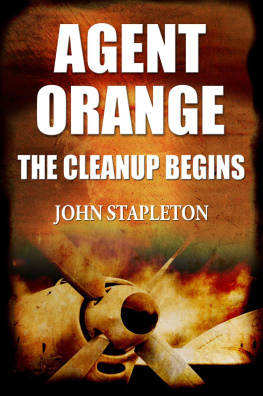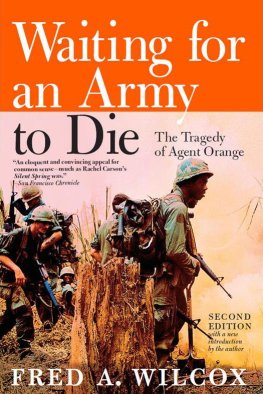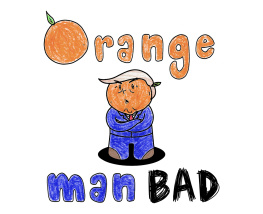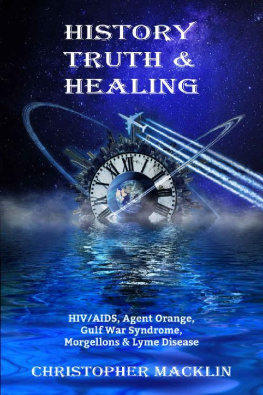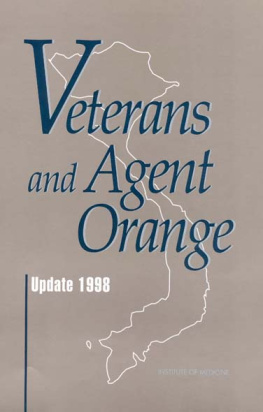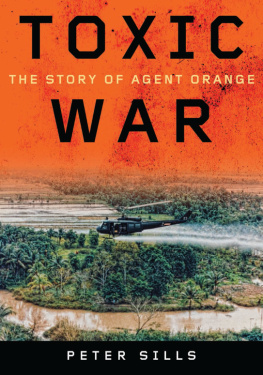Agent Orange: The Cleanup Begins
On the morning of the 9 August 2012, Americans in particular but people around the world were astonished to observe an historic event occurring at busy Da Nang airport in Vietnam.The lingering impacts of the infamous herbicide Agent Orange were finally to be addressed, 37 years after the end of the Vietnam War.
The former American military base at Da Nang was in a sparsely populated rural area outside a village at the time of the Vietnam War, which ended amidst chaotic scenes in 1975.
The aftermath of the war, impacting on millions of people, has continued in places like Da Nang to the present day.
Now in the heart of an urban area, Da Nang is adjacent to the sea and was a rest and recreation stop for American soldiers. It is now popular amongst many tourists.
The generation which grew up with peace demonstrations dividing their country now has the money to pursue their fascination with the first war to be played out on television before an audience of millions.
Many former Vietnam veterans travel to Vietnam to seek out the places where they served. By the end of the war American forces had utilized a total of 2,735 bases, although the remains of these for the most part are no longer to be seen.
In 2011 Vietnam received six million tourists. This was up one million from the previous year, perhaps due to political unrest in S.E. Asias tourism capital, ever popular Thailand.
Between 2012 and 2016 some 77,400 cubic metres of soil, 2.7 million cubic feet, are scheduled to be dug up from the Da Nang airport and treated.
The treatment involves heating the contaminated soil to a minimum temperature of 325 degrees centigrade, the temperature at which dioxin breaks down into harmless compounds.
The soil is then repeatedly tested until dioxin levels are negligible and it is then re-interred.
Dioxin is regarded as one of the most toxic, if not the single most toxic, of all the compounds ever synthesized by man.
It is dangerous at even vanishing levels - 10 parts per trillion or more. It is tested for in parts per quadrillion, an exercise compared to finding a coffee cup in Canada.
The technical capacity to do this accurately did not exist for some 20 years after the Vietnam War.
Seven parts per trillion, that is seven molecules of dioxin in an Olympic sized swimming pool, are believed to be the threshold level above which the probability of shortened life spans and birth defects increases.
The Vietnamese Red Cross estimates that around three million of their countrymen are suffering from the impacts of Agent Orange, with around 150,000 children born with birth defects.
As well thousands of American veterans and their families have been affected, as well as veterans from other which participated in the Vietnam War, including Australia.
While the science remains disputed, Dioxin is widely believed to have inter-generational effects.
Although dioxin is not water soluble, it can persist in soil for decades and this persistence increases the probability it will at some point move into nearby streambeds and pond bottoms and from there be taken up by fish, ducks, snails and thereby enter the food chain.
Many of those born with birth defects were born well after the close of the Vietnam War. Their parents were not participants in the conflict nor were they in the direct path of the spraying. Instead both mothers and fathers came to have high dioxin levels in their bloodstreams by consuming contaminated foods or by working in areas where there were high residue levels. Or by swimming in lakes and canals where the toxin had settled into silt.
Transporting the soil from Da Nang airport to be buried in another location was dismissed as an unviable option.
Its transportation would have endangered workers and its burial imperiled future generations if it were ever exposed by seismic or mining activity.
As Da Nang is operational gaping holes in the bustling airport would have also invoked additional costs.
Among the 18 commercially available technologies to destroy dioxin a number use heating soil as the means to break down the dioxin molecules. The particular technology the American and Vietnamese governments agreed to use at Da Nang is known as In-pile Thermal Desorption.
In front of a gathering of dignitaries from both America and Vietnam, the amelioration efforts to destroy the dioxin remaining in the Vietnamese environment and to treat those suffering from disabilities began.
The project is being run under the auspices of the Vietnamese Ministry of Defense and the United States Agency for International Development.
The U.S. Vietnam Dialogue Group on Agent Orange/Dioxin is a bi-national advocacy committee of private citizens, scientists and policy-makers working to draw greater attention to the issues and to mobilize resources in both countries. The Group has estimated the cost of cleaning up all the Agent Orange hotspots in Vietnam and providing substantial health/disability programs at $450 million.
The United States Government had not as of October 2012 agreed to do more on than the environmental remediation than what they plan to do at Da Nang, costing $43 million over the four year operation, and an Environmental Impact Assessment at Bien Hoa north of Ho Chi Minh City. The U.S. has also announced plans for a three year $9 million health and disabilities program mainly directed to Da Nang.
Three studies conducted between 2004 and 2010 have confirmed high levels of contamination of dioxins in soils and sediments at a number of locations on Bien Hoa Airbase, making Bien Hoa Airbase a significant dioxin hotspot.
In 1970 a 7,500 US gallon spill of Agent Orange occurred at the air base.
The clean-up of dioxin at Bien Hoa is estimated to cost $US85 million, almost twice the cost of Da Nang.
Bien Hoa was the largest site in Vietnam in terms of the number of C-123 aircraft sorties and volume of herbicides used.
Dioxin contamination at Bien Hoa Airbase is the result of the storage, loading, spillage, and handling of Agent Orange and other herbicides, especially between 1965 and 1971.
Interim mitigation measures are currently being implemented at Bien Hoa to protect the local population from continued exposure to dioxins from the Airbase. Approximately 43,000 cubic metres of contaminated soils have been excavated and placed in a secure landfill by the Vietnamese Ministry of Defense. This work was completed in 2009.
A third serious dioxin hotspot lies at the coastal city of Phu Cat. The Ministry of Defense, UNDP and the Global Environmental Fund have collaborated on moving the 7,500 cubic meters of contaminated soil into a long term passive landfill on the base. The landfill will be monitored and maintained by the Ministry with technical support from the Czech Republic. The Government of Vietnam in August removed Phu Cat from the list of dioxin hotspots.
With the passage of time the former American military base of Bien Hoa is now located in a heavily populated district.
Over 900,000 people reside in the Bien Hoa area. Many of these local people have the potential to be exposed to dioxin residues.
Another $410 million needs to be raised to resolve Vietnams Agent Orange issues.
The Dialogue Group estimates that a total of $US107 million will be required for the cleanup of dioxin hotspots, including $US17 million to evaluate and clean up as needed about two dozen smaller known or suspected dioxin hotspots.
A further $US303 million is required for the provision of social and disability services.
But after decades of painfully slow progress developments have sped up significantly.

